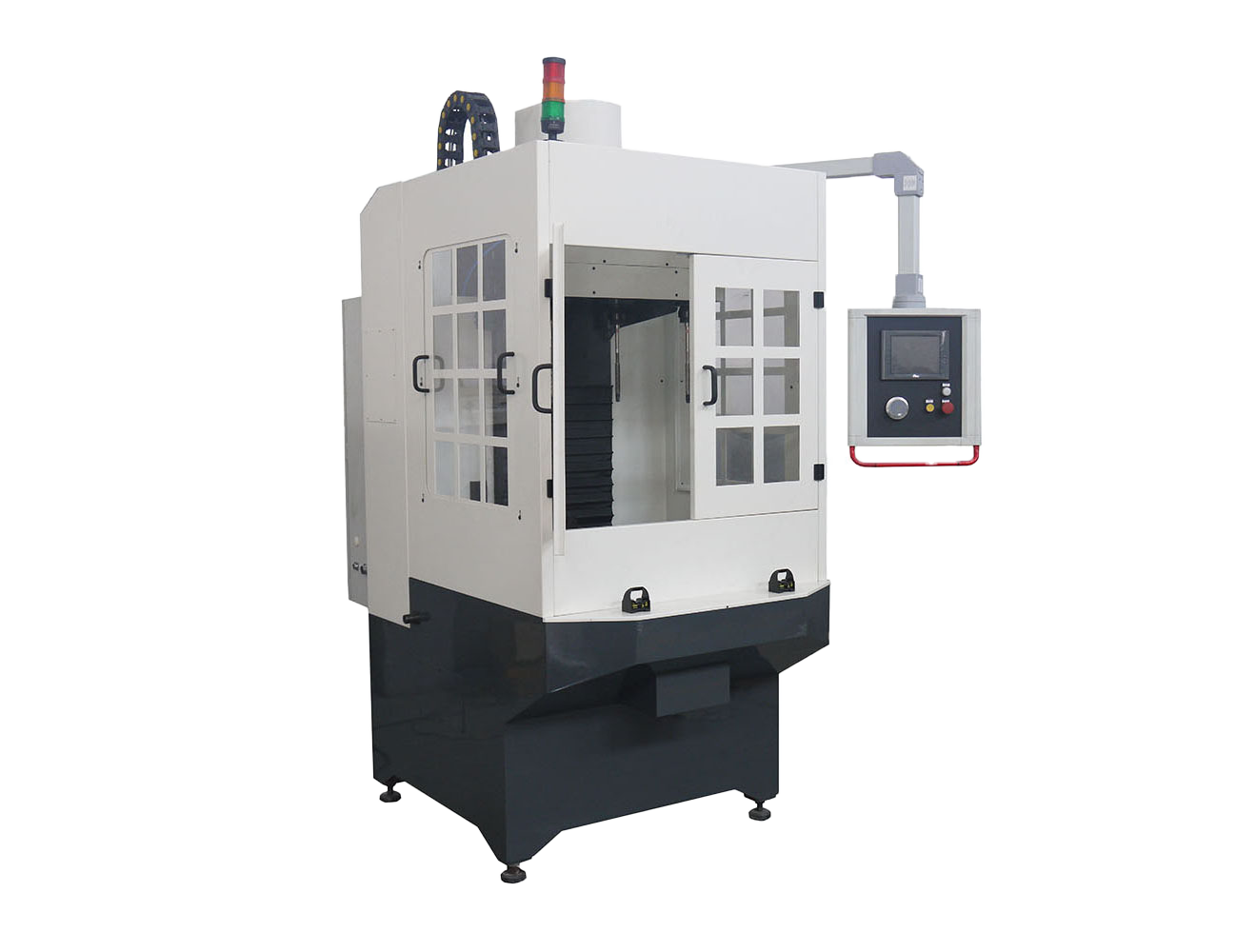Operating a CNC honing machine involves several stages, including preparation, parameter setting, automated operation, and inspection and maintenance. This article will detail these stages to help you understand the process.
Phase 1: Preparation
Before operating the machine, some preparatory work must be performed to ensure that the equipment and workpiece are in good condition. The following are the key steps in the preparation process:
Tool and cutting tool preparation: Ensure that the required grinding tools and cutting tools are ready and check their condition. Replace grinding tools if necessary.
Workpiece preparation: Clean and inspect the workpiece to be processed, ensuring its size and shape are suitable for grinding. If necessary, securely clamp the workpiece to prevent movement.
Safety check: Check the machine's safety devices and emergency stop button to ensure they are functioning properly.
Phase 2: Setting Parameters
Once the preparations are complete, the next step is to set the machine parameters. At this stage, the following operations need to be performed:
CNC programming: Using CNC programming software, a CNC program is written based on the size and shape of the workpiece. The program will guide the machine to perform the required grinding operations.
Parameter setting: Upload the written CNC program to the machine's control system. Then, set parameters such as grinding speed, feed rate, tool position, and grinding depth according to the program requirements.
Workpiece positioning: Use the machine's workpiece fixtures or positioning devices to ensure that the workpiece is correctly positioned and clamped.
Phase 3: Automated Operation
Once the parameters are set, the CNC honing machine can begin automatic operation. This stage includes the following operations:
Start-up: Start the machine and begin automated grinding according to the set program. The machine will perform grinding operations according to the path and speed defined in the program.
Monitoring: During the grinding process, operators should continuously monitor the machine's operation to ensure everything is normal. If any abnormalities occur, such as unusual noise or vibration, the machine should be stopped immediately for inspection.
Automated adjustment: The machine has an automated adjustment function that can automatically adjust the tool position and grinding depth according to the grinding conditions to ensure machining accuracy.
Phase 4: Inspection and Measurement
Once grinding is complete, the workpiece needs to be inspected and measured to ensure it meets specified dimensional and quality requirements. This stage includes the following operations:
Remove the workpiece: Remove the finished workpiece from the CNC honing machine, handling it carefully to avoid damage.
Inspection: Use measuring tools, such as micrometers and optical projectors, to inspect the dimensions and surface quality of the workpiece.
Record data: Record measurement data for further quality control and traceability. If the workpiece is defective, appropriate corrective measures must be taken, such as resetting the CNC program or replacing the grinding tool, and then re-grinding.
Phase 5: Closure and Cleaning
Once the workpiece has passed inspection and all grinding work is completed, a finishing and cleaning process is required to ensure the machine is in good condition for the next use.
Stop the CNC honing machine and ensure that all components cease operation.
Cleaning: Clean the machine's working area and equipment surfaces to remove chips, oil stains, and dirt. Maintaining the cleanliness of the equipment helps extend its lifespan.
Chip handling: Handling and removing chips generated during grinding to ensure they do not accumulate inside the machine or affect the safety of the working environment.
Maintenance Log: Record relevant data for this operation, including the tools used, grinding parameters, and workpiece quality data. This helps with maintenance tracking and future operation planning.
All of the above stages and steps are crucial when operating a CNC honing machine. From careful preparation and correct settings to automated operation and final quality checks and cleaning, only in this way can you fully realize the machine's potential and meet the precision and quality requirements of the workpiece.

 English
English Español
Español Pусский
Pусский
 Lily
Lily